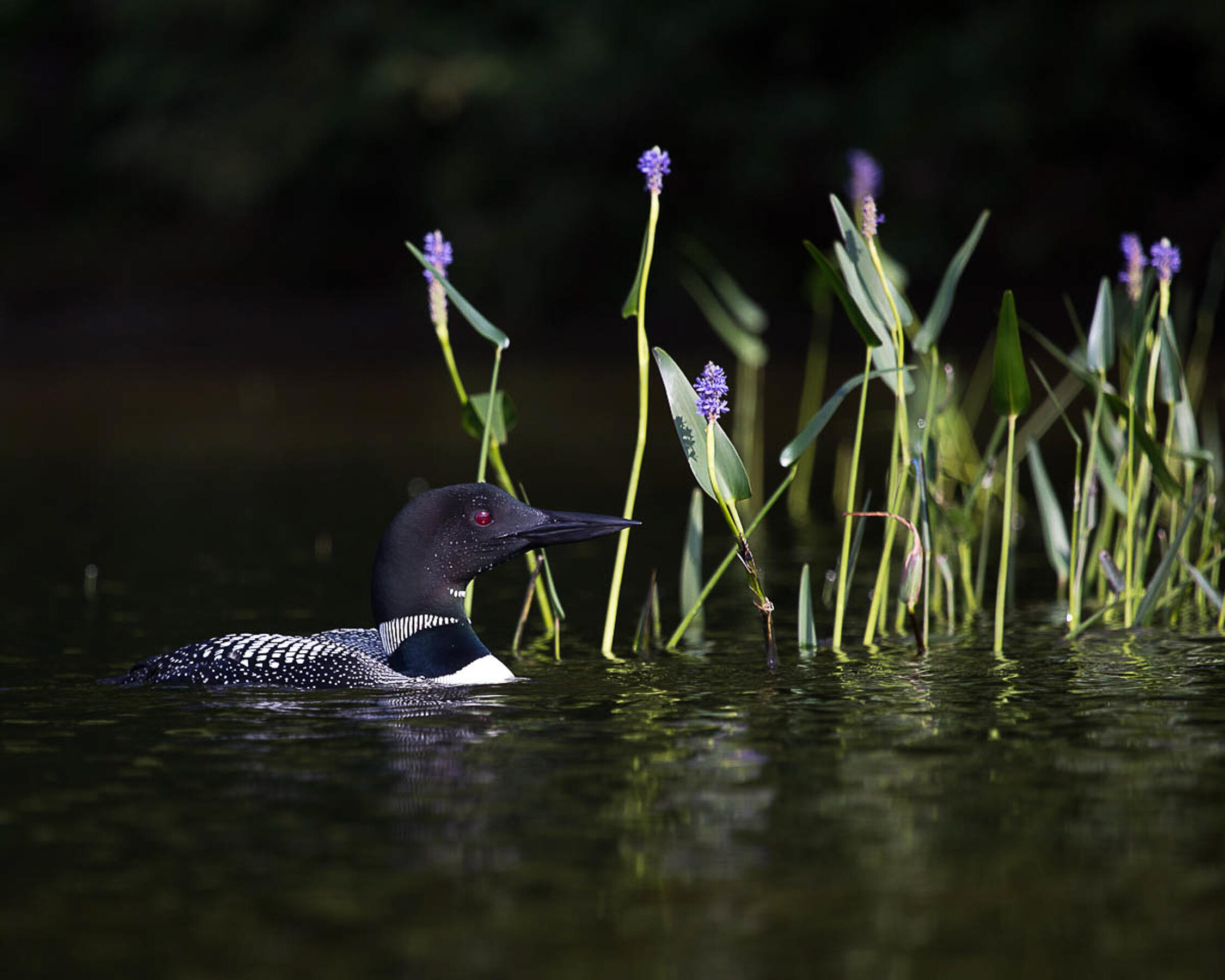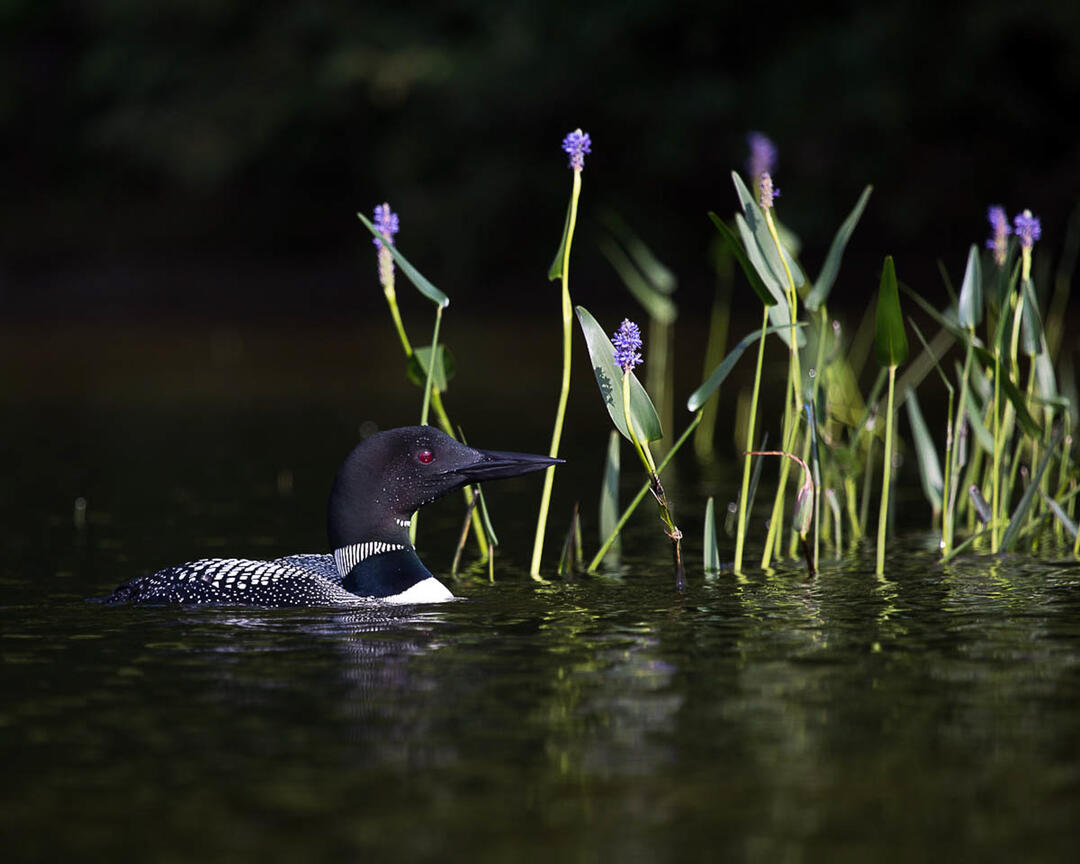All birders know that wetlands provide some of the richest birding opportunities of any part of the landscape – that is why we flock to the West Rutland Marsh, the Missisquoi National Wildlife Refuge, the riverine wetlands of the Dead Creek Wildlife Management Area, Herrick’s Cove, and the LaPlatte River Marsh Natural Area, among so many others. We also know that when we take care of the places that birds need to thrive, we take care of so many other community needs including flood mitigation, clean water, and carbon storage.
I am pleased to join the many environmental and conservation organizations in Vermont that see the value of investing in policies and programs to restore wetlands across the state.
The Vermont Department of Environmental Conservation is considering whether to put this important goal into its wetlands regulations and the Vermont Climate Council is considering inclusion of a similar proposal in its climate action plan.
Please join us in urging the agency’s leaders and the climate council to stand up for wetlands, birds and our communities!
Climate Council website: https://climatechange.vermont.gov/getinvolved
DEC Commissioner’s Office: https://dec.vermont.gov/commissioners-office/contacts
Wetlands are a Nature-Based Solution to Climate Change
A joint Op-Ed from Lake Champlain Committee, Audubon Vermont, Connecticut River Conservancy, Conservation Law Foundation, The Nature Conservancy in Vermont, Vermont Conservation Voters, and Vermont Natural Resources Council
Since the time of European settlement, Vermont has lost half of its wetlands in the Champlain Basin to development and agriculture, and more than a third of wetlands that existed statewide.[1] Wetlands are known by a lot of different names – swamps, marshes, peatlands, sloughs, bogs, fens, and potholes, among others – and are a critical part of Vermont’s landscape. Wetlands comprise just 4% [2] of Vermont’s land area, yet they serve an outsized role.
Wetlands have a unique ability to improve water quality and store carbon. In addition, wetlands reduce the impacts of flooding, increase natural water storage through drought periods, and provide a critical refuge for fish, birds and wildlife including many rare, threatened and endangered species at risk from climate change – in this way, wetlands are vital strategy for increasing resilience to climate change, for both our human and natural communities.
We are fortunate to have the wetlands we have already, and have the opportunity to increase the amount of healthy wetlands in our Green Mountain State. As a step in that direction, the State of Vermont should have a “net gain” policy – protecting our remaining wetlands, while also restoring and enhancing wetlands that we drained or filled in the past.
Recently, the Agency of Natural Resources has proposed this approach to wetland management. We agree with the Agency’s proposal and request that the Climate Council include this policy as a recommendation of the Climate Action Plan, as well as a recommendation for funds and the necessary authority for implementation.
For years, Vermont experienced a loss of wetlands as they were filled or drained for agriculture and development. Increasingly, however, Vermonters have realized the value of wetlands as a nature-based solution worth protecting. Wetlands offer critical habitat for 35% of Vermont’s threatened and endangered plant species and 21% of imperiled animals.[3] Restoring wetlands in the Vermont portion of the Lake Champlain Basin could achieve 15% of the pollution reduction goals required for the Lake by the EPA.[4] A study by The Trust for Public Land found that for every state dollar invested in conservation of our forests and wetlands, $9 worth of natural goods and services is returned to Vermonters.
The study also found that wetlands have by far the highest value per acre ($590/acre) of any land cover type in Vermont for the natural goods and services they provide - nearly three times higher than the next highest land cover type (deciduous and mixed forests). [5]
Wetlands also provide multiple climate benefits. Due to the quick growth of wetland vegetation and the slow vegetative decay due to their saturated soil, wetlands provide an important “sink” to absorb and store carbon dioxide. Further, wetlands in floodplains provide dynamic surface water storage to ease in the impacts of flooding from heavy precipitation events.
A University of Vermont study found that the Otter Creek wetlands and floodplains prevented $1.8 million in damages to the town of Middlebury during Tropical Storm Irene.[6] These types of flooding events will only become more common, and likely come with little warning, as we have seen in recent weeks in New York and New Jersey. It is only a matter of time before Vermont experiences another storm like Irene.
Wetlands are vital natural resources that must be protected and restored for Vermont to address the impacts of climate change, protect wildlife habitat, restore, and maintain the quality of our waters, and provide other benefits for people and nature. In light of their significance, we believe the state of Vermont must commit to a “net gain” of wetlands.
Lake Champlain Committee
Audubon Vermont
Connecticut River Conservancy
Conservation Law Foundation
The Nature Conservancy in Vermont
Vermont Conservation Voters
Vermont Natural Resources Council
[1] “Lake Champlain Basin Program: Wetlands” (last visited July 28, 2021).
[2] “Vermont Conservation Design: Habitat and Natural Communities Technical Report” (Zaino et al., 2018).
[3] “Wetland, Woodland, Wildland: A Guide to the Natural Communities of Vermont” (E. Thompson, E. Sorenson, & R. Zaino, 2019).
[4] “Optimizing wetland restoration to improve water quality at a regional scale” (Singh et al, 2019).
[5] “Vermont’s return on investment in land conservation” (Trust for Public Land, 2018).
[6] “Floodplains Saved Middlebury $1.8 Million in Damage – Wetlands Prevent Millions of Flood Damage: Study,” Gund Institute for the Environment, University of Vermont, Carolyn Shapiro (July 6, 2016), https://www.uvm.edu/news/gund/floodplains-saved-middlebury-18m-damage






